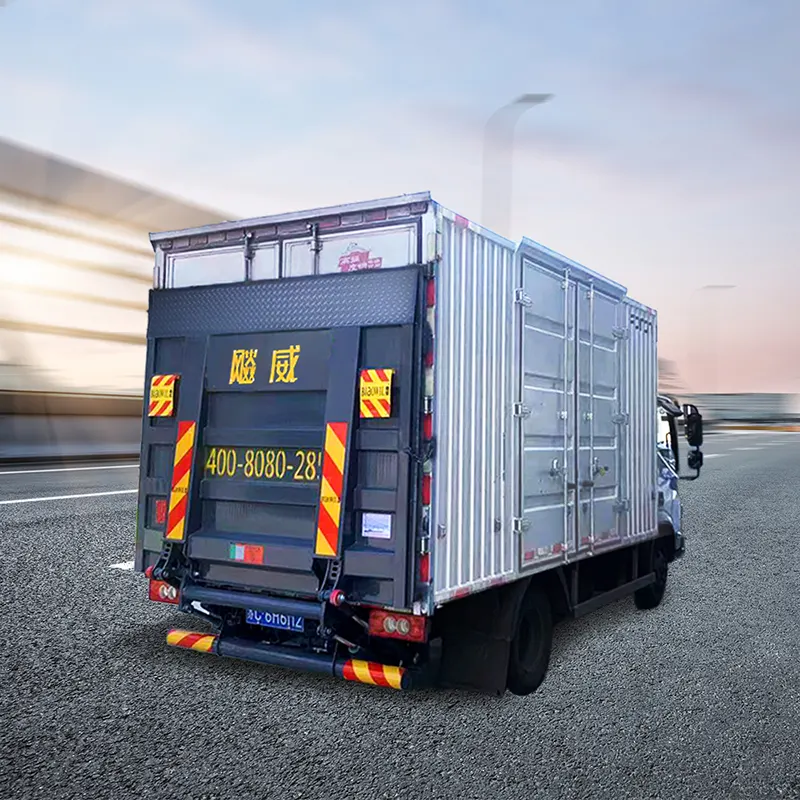Comment fonctionne un lifting de queue?
Les ascenseurs de queue sont soumis à des contrôles de sécurité réguliers, y compris un test de poids pour s'assurer qu'ils fonctionnent correctement et capables de soulever leur capacité nominale. La fréquence des tests de poids dépend des réglementations du pays, normes de l'industrie, et le type d'utilisation, Mais voici les directives communes:
- Test de poids annuel(Pratique courante)
Dans la plupart des pays, Un test de poids pour un lifting de queue est requis au moins une fois 12 months. Il s'agit d'une inspection de sécurité standard qui vérifie que l'ascenseur peut gérer sa charge nominale maximale sans défaut ou devenir instable.
Règlements au Royaume-Uni et à l'UE: Under lol (Règlement sur les opérations de levage et le levage), Un test de poids pour les ascenseurs de queue doit être effectué chaque année par un technicien certifié. - Examen approfondi de six mois
En plus du test de poids annuel, Certains pays ont besoin d'un examen approfondi de l'ascenseur de queue tous les six mois. Cela comprend la vérification du système hydraulique, composants électriques, intégrité structurelle, et la sécurité globale de l'ascenseur de queue.
Si le lifting de queue est utilisé pour soulever les gens, Inspections et tests plus fréquents (chaque 6 months) sont obligatoires en vertu des réglementations de sécurité. - Après des réparations ou des modifications majeures
Un test de poids doit être effectué à chaque fois des réparations significatives, modifications, ou des ajustements sont effectués sur le lifting de la queue. Cela garantit que l'ascenseur fonctionne en toute sécurité après tout travail effectué dessus. - Utilisation opérationnelle et conditions environnementales
Utilisation intensive ou conditions dures: Les ascenseurs de queue qui sont utilisés intensivement ou dans des environnements difficiles peuvent nécessiter des inspections et des tests plus fréquents. Certaines entreprises adoptent un calendrier de test de poids de 6 mois si le lifting de la queue est soumis à des charges fréquentes ou lourdes. Pourquoi les tests de poids réguliers sont importants:
Conformité à la sécurité: Des tests de poids réguliers aident à garantir la conformité aux réglementations de sécurité locales (Comme LoLer au Royaume-Uni ou des réglementations similaires dans d'autres régions).
Prévenir les accidents: Les tests réguliers garantissent que le levage de queue est capable de soulever en toute sécurité sa capacité nominale, Prévenir les accidents potentiels ou les défaillances de l'équipement pendant le fonctionnement.
Extension de la durée de vie de l'équipement: Détection des problèmes tôt grâce aux tests aide à maintenir la longévité et la fiabilité de l'ascenseur de queue, Réduire le risque de réparations ou de remplacements coûteux.
En conclusion, La plupart des ascenseurs de queue nécessitent un test de poids une fois par an, mais selon les exigences réglementaires, conditions d'utilisation, Et après des réparations majeures, Des tests plus fréquents peuvent être nécessaires. Reportez-vous toujours aux réglementations locales et aux recommandations du fabricant pour garantir la conformité.

